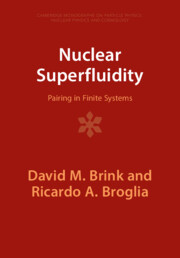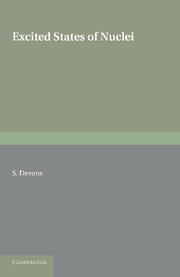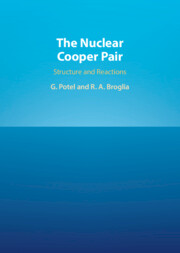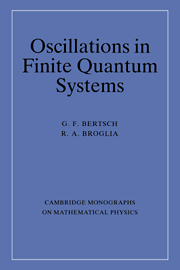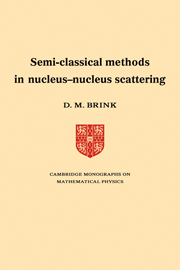Nuclear Superfluidity
Nuclear Superfluidity is an advanced text devoted exclusively to pair correlations in nuclei. It begins by exploring pair correlations in a variety of systems including superconductivity in metals at low temperatures and superfluidity in liquid 3He and in neutron stars. The book goes on to introduce basic theoretical methods, symmetry breaking and symmetry restoration in finite many-body systems. The last four chapters are devoted to introducing results on the role of induced interactions in the structure of both normal and exotic nuclei. The most important of these is the renormalization of the pairing interaction due to the coupling of pairs of nucleons to low energy nuclear collective excitations. This book will be essential reading for researchers and students in both experimental and theoretical nuclear physics, and related research fields such as metal clusters, fullerenes and quantum dots.
- A detailed review of this particular subject
- Authors are well respected in the field
- Valuable reference for researchers in a wide range of fields related to nuclear physics
Product details
June 2010Paperback
9780521147699
394 pages
244 × 170 × 2 mm
0.63kg
Temporarily unavailable - available from TBC
Table of Contents
- Preface
- 1. Introduction
- 2. The pairing force and seniority
- 3. The BCS theory
- 4. Spontaneous symmetry breaking
- 5. Pairing vibrations
- 6. Phase transitions
- 7. Plastic behaviour of nuclei and other finite systems
- 8. Sources of pairing in nuclei
- 9. Beyond mean field
- 10. Induced interaction
- 11. Pairing in exotic nuclei
- Appendices
- References
- Index.


